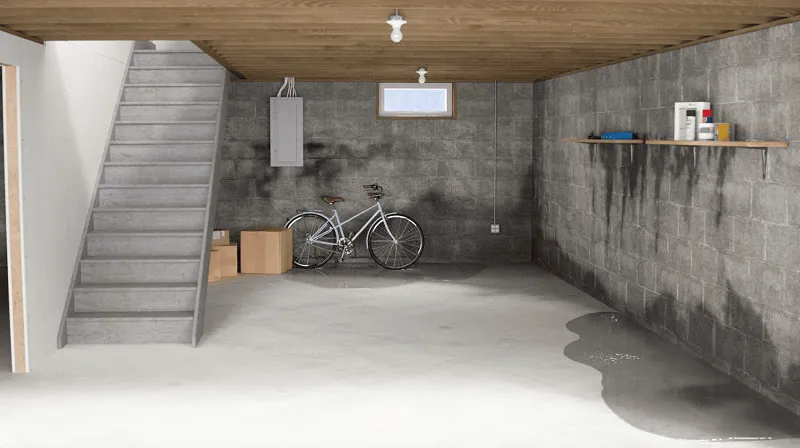Basement Waterproofing
Basement waterproofing is the process of preventing water from penetrating into the basement of a building. It protects structures from water damage, mold growth, and foundation weakening caused by groundwater or rainwater. There are two main methods: internal and external waterproofing.
1. Internal Waterproofing
Internal waterproofing focuses on managing water that has already entered or is likely to enter the basement. It includes methods like:
- Interior Sealants: Waterproof coatings or sealants applied to interior walls and floors to block moisture, often used as a temporary solution.
- Interior Drainage Systems: Systems like French drains or sump pumps that collect and divert water away, controlling water after it has seeped in.
2. External Waterproofing
External waterproofing involves treating the foundation and surrounding areas to prevent water from entering. This is more effective and long-lasting but requires excavation:
- Exterior Membranes: Waterproof membranes or coatings applied to the exterior surface of basement walls to keep water out.
- Drainage Systems: Systems like weeping tiles that direct groundwater away from the foundation, combined with proper soil grading.
3. Waterproofing Materials
- Cementitious Waterproofing: A cement-based mixture applied to walls, commonly used in areas with low water pressure.
- Liquid Waterproofing Membrane: Applied in liquid form and hardens to create a protective barrier.
- Bituminous Coating: A flexible asphalt coating commonly used for foundation waterproofing.
By combining these methods, a well-designed basement waterproofing system can help prevent structural damage and keep basements dry, improving the longevity of the building.




